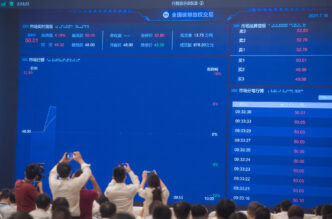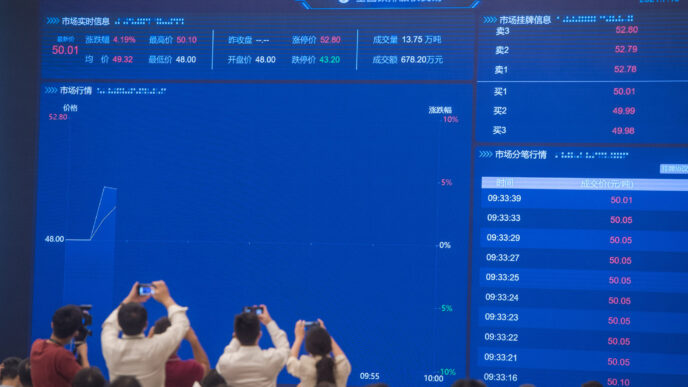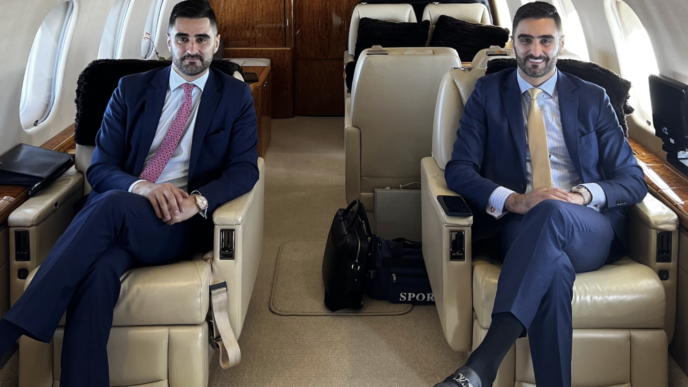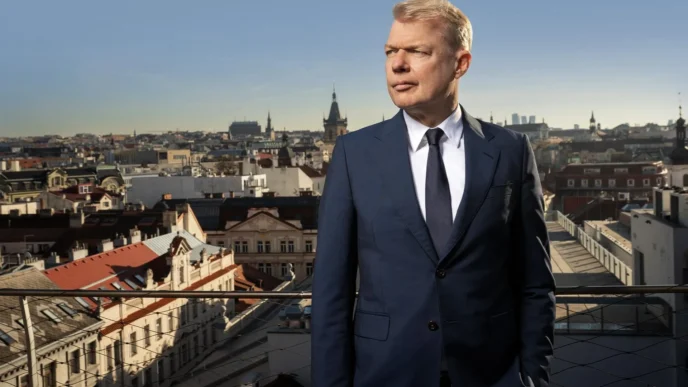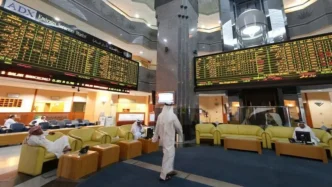Falling crude prices threaten Riyadh’s fiscal plans, forcing a pivot in spending, borrowing, and mega-project timelines.
Saudi Arabia’s grand economic transformation is under fresh strain as a sharp decline in oil prices undermines state revenues and challenges the financing of its multi-billion-dollar Vision 2030 program.
Benchmark Brent crude has dropped to near four-year lows, trading below $65 a barrel—well under the estimated $90 needed to balance the Kingdom’s budget. The slide comes amid growing fears of a global slowdown and a surprising uptick in output from some OPEC+ members, including Saudi Arabia itself.
With oil accounting for 62% of government income last year, the fallout is significant. Analysts warn that Riyadh may be forced to increase borrowing or delay major projects, as both the state and its sovereign wealth fund—the Public Investment Fund (PIF)—face squeezed cash flows.
Strain on Aramco and State Coffers
State oil giant Aramco, a critical source of government funding, is expected to slash dividends by a third in 2025. That would translate to an estimated $38 billion in lost income for the government and PIF combined. At the same time, Saudi Arabia’s public debt has already ballooned by 16% this year to over $324 billion.
“Debt financing will become even more essential, and certain project awards may be deferred,” said Karen Young, a senior scholar at Columbia University’s Center on Global Energy Policy. “The twin deficits—fiscal and current account—are already a concern.”
Vision 2030 in the Crosshairs
Although Vision 2030 reforms are technically financed off-budget, the scale of spending required for infrastructure, tourism, and futuristic mega-projects such as NEOM means that oil revenue still plays a pivotal role. The PIF—tasked with investing $70 billion annually by 2025—relies heavily on returns from Aramco and sovereign debt markets.
The finance ministry has acknowledged the challenges, stating it is “recalibrating and prioritizing” expenditures to keep the economy stable while ensuring long-term goals remain on track.
“We are reviewing the evolving landscape and are prepared to act decisively to maintain fiscal strength,” a ministry spokesperson said, expressing confidence in achieving Vision 2030 milestones and hosting key global events, including the 2029 Asian Winter Games and the 2034 FIFA World Cup.
A Shifting Landscape
Saudi Arabia was already among the top emerging market borrowers last year and has raised over $14 billion in bonds in early 2025 alone. PIF, for its part, has secured $11 billion this year after tapping markets for nearly $25 billion in 2024.
Meanwhile, projects spanning everything from advanced dairy farms to futuristic cities are at risk of reprioritization. Experts expect that plans could face scaling back, adjusted timelines, or workforce reductions.
“Low oil prices will likely result in tighter budgets, revised project scopes, and leaner execution models,” said Neil Quilliam, associate fellow at Chatham House.
Still, the Kingdom retains a relatively low debt-to-GDP ratio and remains a favorite among global investors. In March, S&P upgraded Saudi Arabia’s credit rating to ‘A+’, citing strong fundamentals—but warned that continued reliance on debt and volatile oil prices could pose future risks.
As the global energy market reels and Saudi Arabia recalibrates, the coming months will be pivotal in determining how far—and how fast—the Kingdom can advance its ambitious vision amid an unpredictable fiscal climate.





